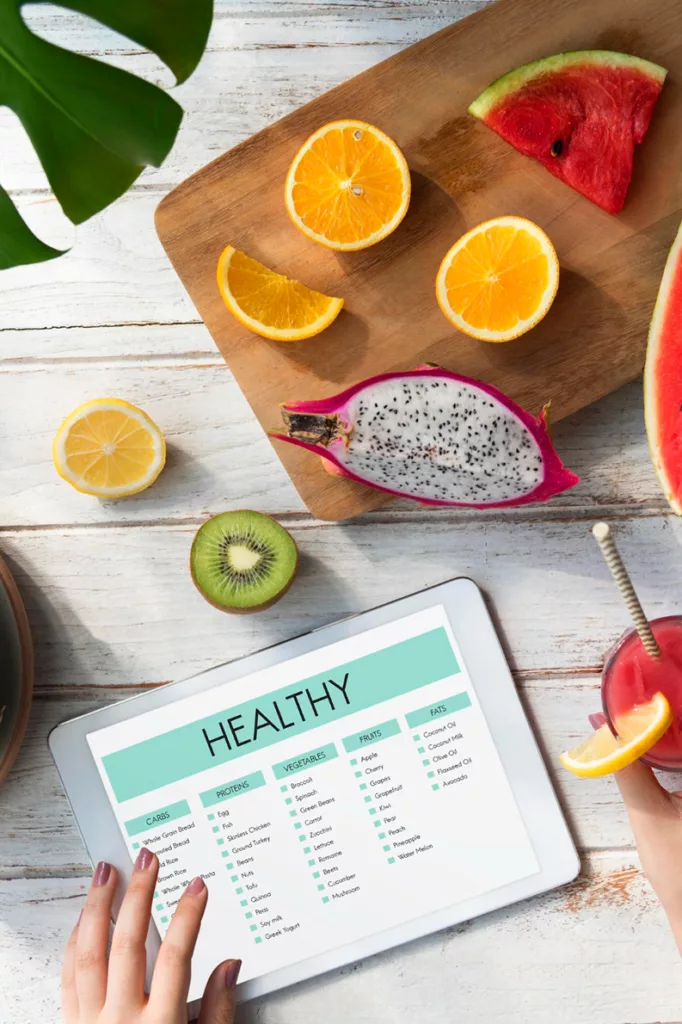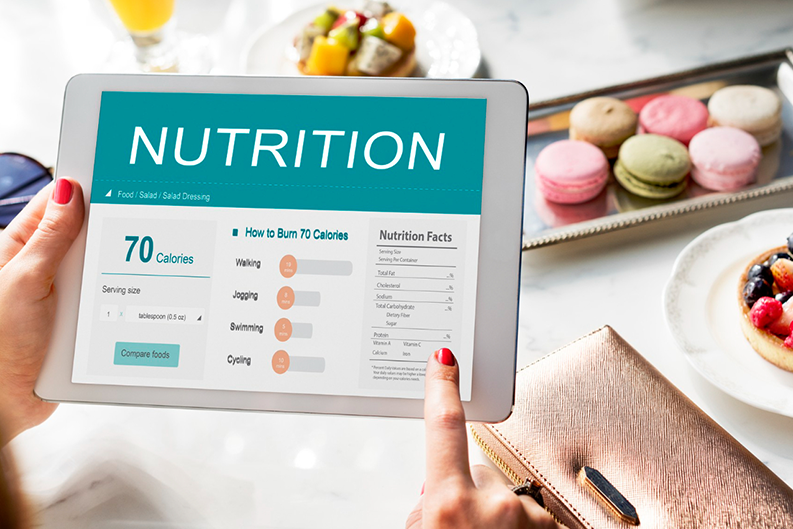Nutrition Tracking for a Balanced Diet: Tools and Strategies to Achieve Your Dietary Goals

Consult a Registered Dietitian: Consider consulting a registered dietitian who can provide personalized guidance and help you develop a tailored nutrition plan. They can assist in tracking your nutrition, interpreting the data, and making appropriate dietary adjustments based on your goals and health needs.
Focus on Overall Dietary Patterns: Instead of solely focusing on tracking individual nutrients, consider tracking your overall dietary patterns. Aim for a balanced intake of fruits, vegetables, whole grains, lean proteins, and healthy fats. This approach helps ensure you’re meeting your nutrient requirements and consuming a variety of foods.
Mindful Eating: Practice mindful eating by being fully present and attentive during meals. Pay attention to your hunger and fullness cues, eat slowly, savor the flavors, and be aware of the nutritional value of your food choices. Mindful eating can help prevent overeating and improve your relationship with food.
Food Diary or Journal: Use a food diary or journal to manually record your daily food and beverage intake. Include the portion sizes and any additional details like cooking methods or ingredients. This method can help you become more aware of your eating habits and identify areas for improvement.
Smartphone Apps: Numerous smartphone apps are available that make nutrition tracking more convenient. These apps provide databases of food items with nutritional information, allowing you to easily log your meals and track your intake. Some popular apps include MyFitnessPal, Lose It!, and Lifesum.
Online Nutrition Trackers: Online platforms and websites offer nutrition trackers where you can input your meals and receive detailed nutritional breakdowns. These tools often provide additional features like goal setting, meal planning, and analysis of macronutrients and micronutrients.
Wearable Devices: Some wearable devices can track your nutrition by scanning barcodes or using image recognition technology to identify food items. These devices sync with apps or platforms to provide accurate nutritional data and help you track your intake.
Label Reading: Learn to read and understand food labels. Pay attention to serving sizes, macronutrient composition, and the ingredient list. This knowledge allows you to make informed choices and be mindful of your nutritional intake.
Meal Planning: Plan your meals in advance to ensure a balanced diet. When you plan ahead, you can consider the nutritional composition of each meal, incorporate a variety of food groups, and avoid impulsive or unhealthy choices.
Portion Control: Be mindful of portion sizes to avoid overeating. Use measuring cups, a food scale, or visual cues (e.g., palm size for protein) to estimate appropriate portion sizes. Tracking your portions helps you achieve a balanced energy intake and control your overall nutrient consumption.

Remember, nutrition tracking should be a tool to promote awareness and support your dietary goals, but it should not become an obsession or a source of stress. Focus on long-term sustainable changes, seek balance, and make adjustments as needed based on your individual needs and preferences.
